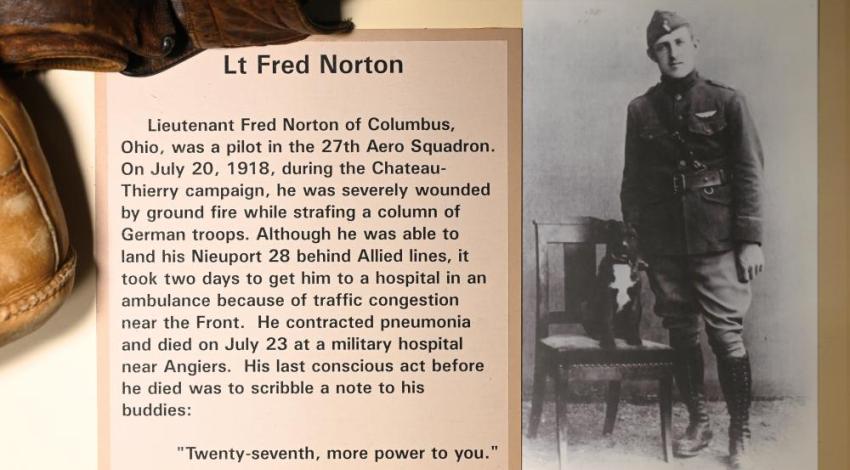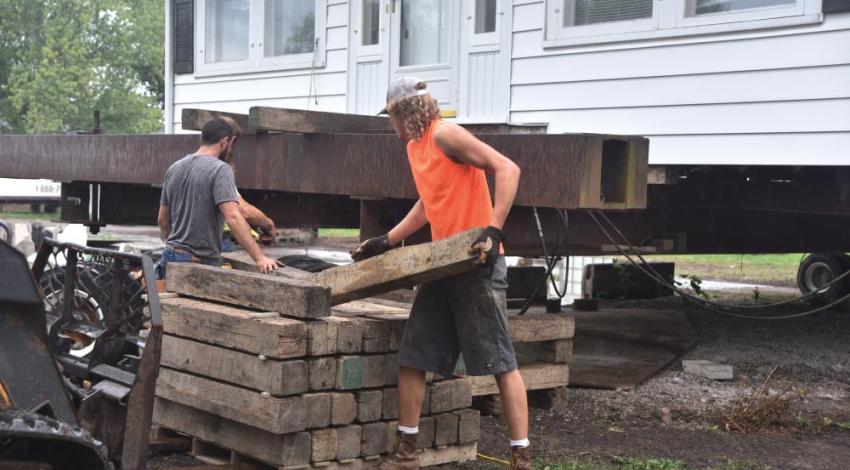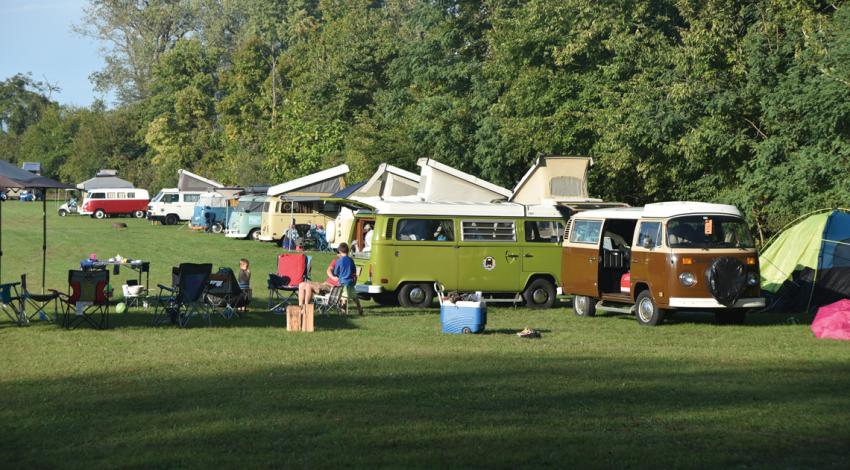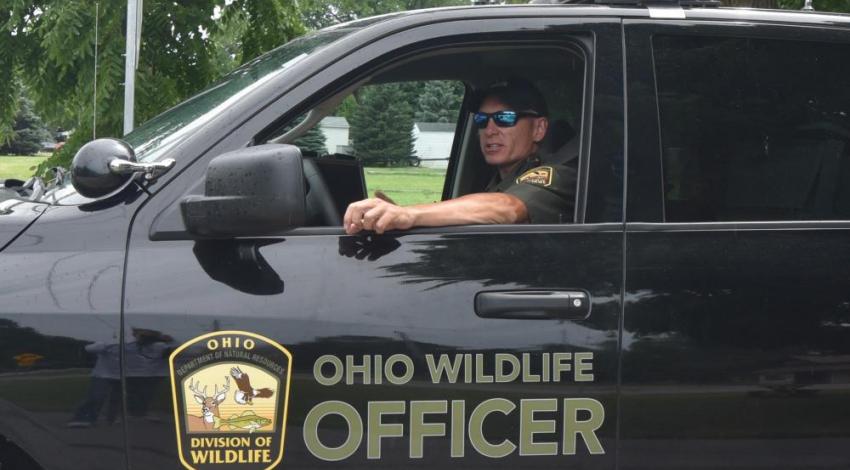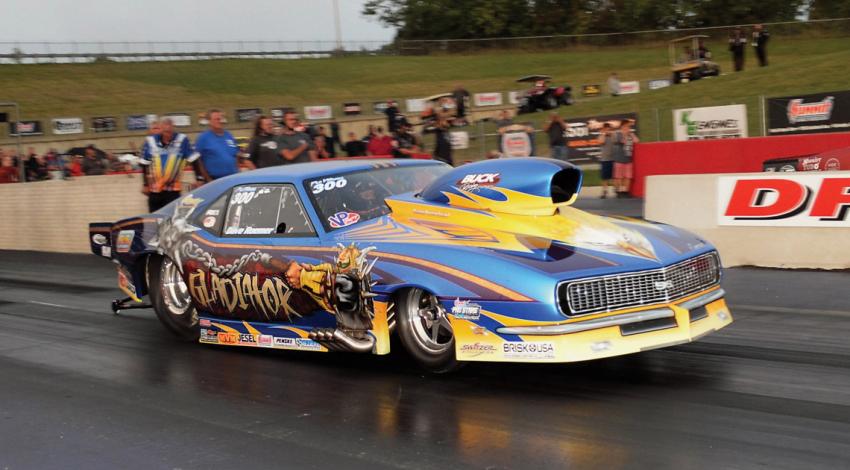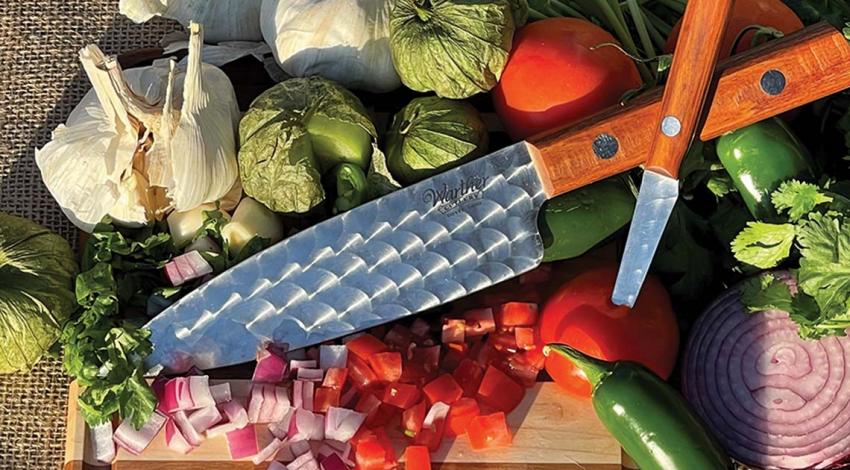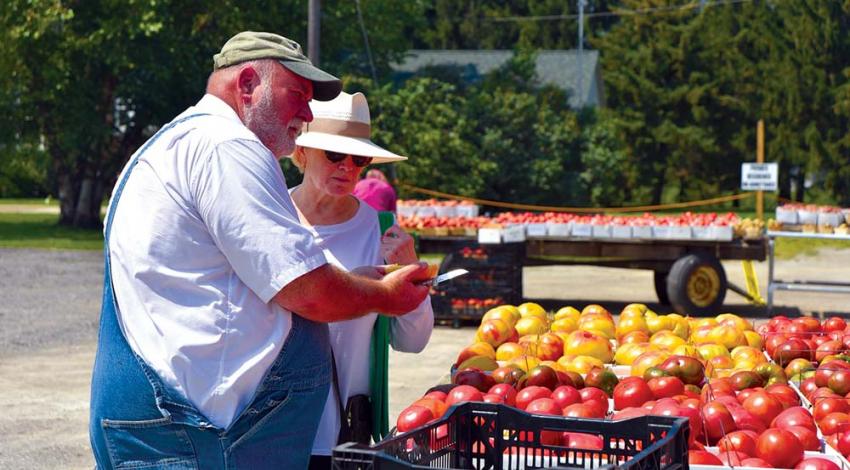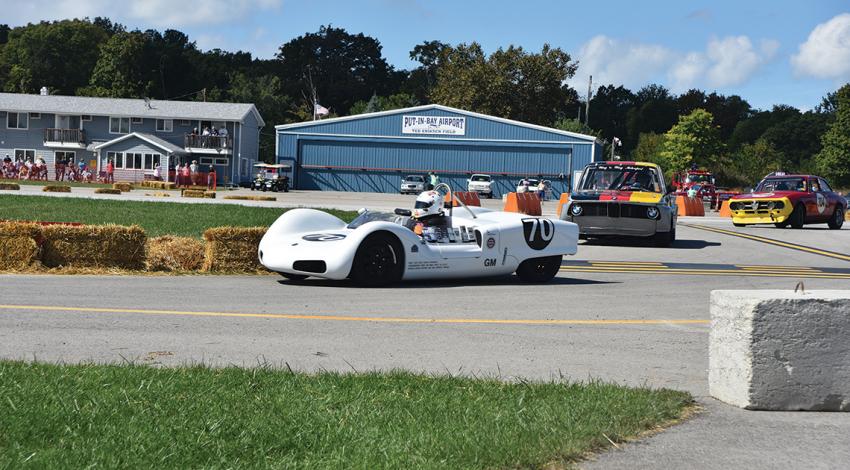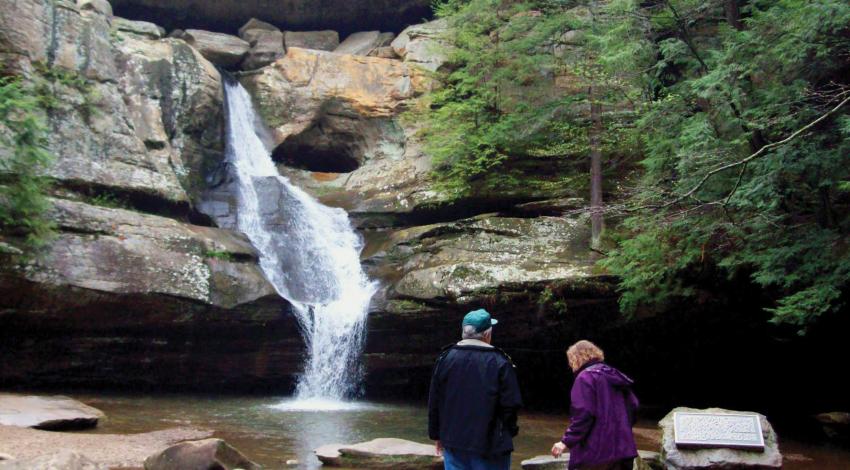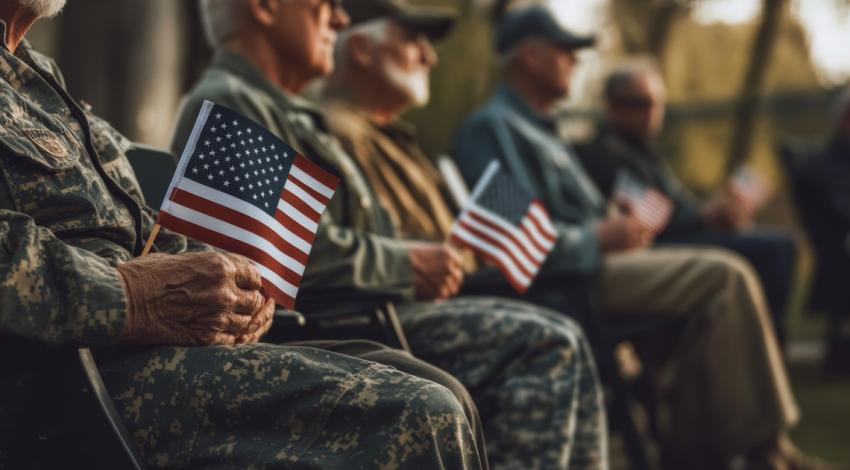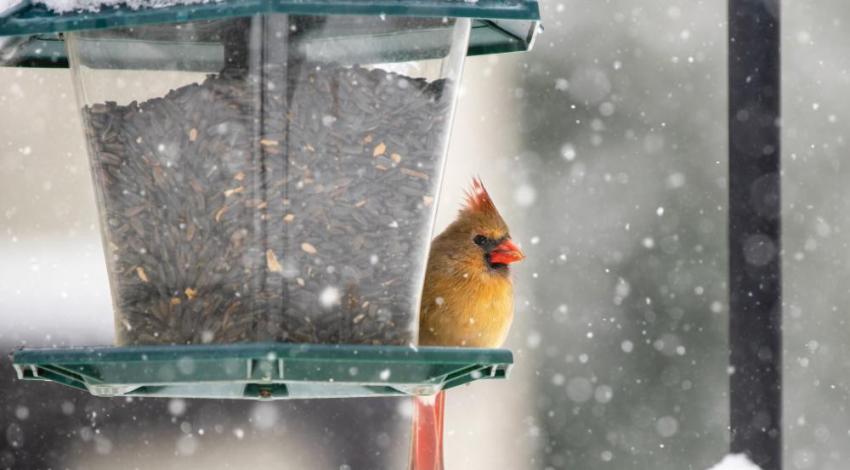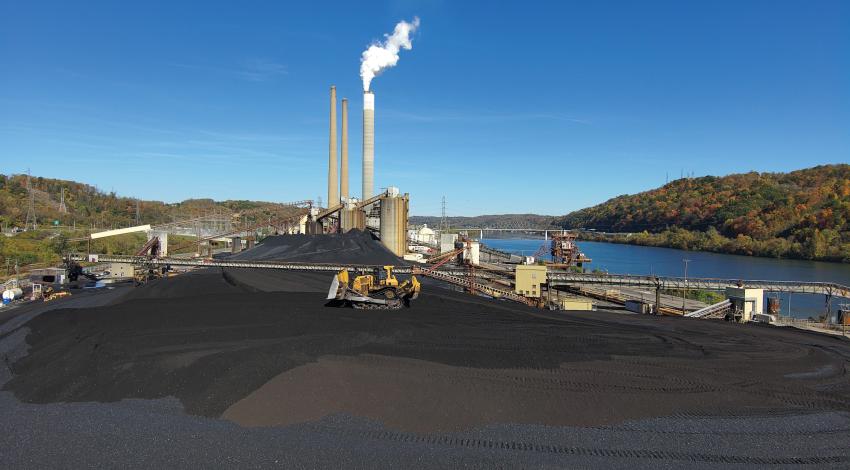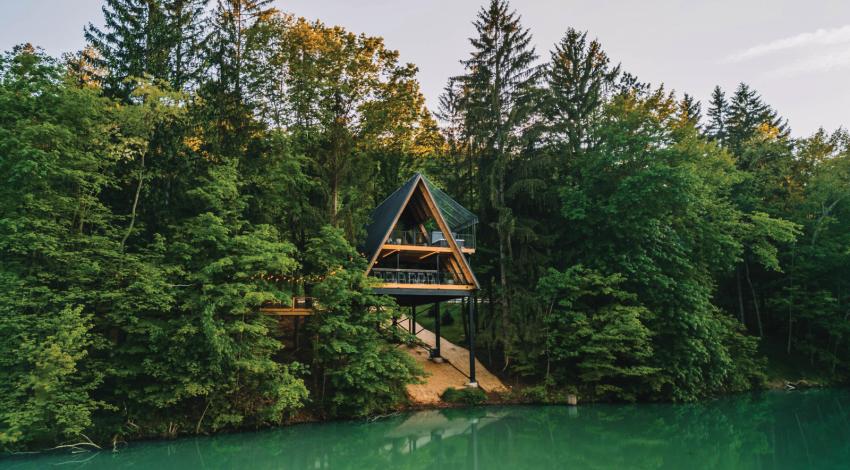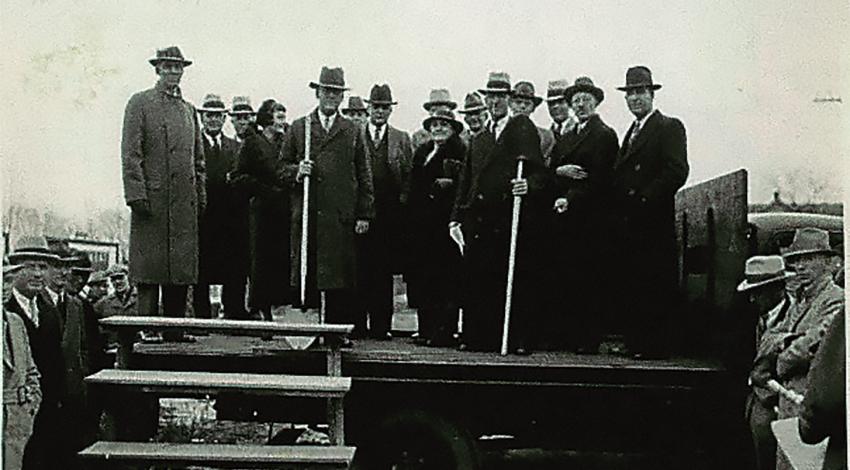Two weeks before he graduated from Lakeside High School in May 1912, Fred William Norton competed in the inaugural Ottawa County track meet.
Most kids of the day ended schooling and began working full-time after eighth grade. But Norton took a different path. He entered Lakeside High School (now Danbury High) in 1908. Along with track, he also competed in football, baseball, and basketball, and he carried a 4.0 academic average all four years there.
According to the Lakeside Heritage Society, he also worked for a local railroad, operating a locomotive and cleaning and repairing buildings and equipment. He often clocked 10-hour days, six days a week.
